Augmented reality (AR) has been growing in packaging, nonprofit, and retail, but it’s been used primarily for branding and engagement and much less for direct sales and fundraising. But that is changing. As AR technology mainstreams and costs come down, and as more and more AR experiences move to WebAR (mobile-browser-based) rather than apps, its use is widening.
One application we are hearing more about is holotwins, or “holographic twins” of celebrities, brand ambassadors, and mascots. It is this application that is being used by Mac Life LLC in Salt Lake City to promote the area’s first Utah Black Business Expo.
Mac Life LLC, owned and operated by Shaadie Nunnally, supports local artists by providing a venue for creating their art, whether in music, on the stage, or in physical form, such as mixed media or photography. The Black Business Expo will be held February 26th at the Utah Museum of Contemporary Art, also known as UMOCA, featuring a wide range of businesses, ranging from artists, models, and musicians to real estate companies, financiers, and media.
As part of its promotion of the event, Shaadie worked with Chanse Harris, co-founder of image8creations, AR ideation and integration specialists, in Salt Lake City, Utah. The goal was to use holotwins to facilitate exposure and capture opportunities to promote the expo by delivering something new, fun, and exciting for the audience to experience while inviting local performers and entrepreneurs to participate. To create the holotwin, image8creations took a video of Shaadie and DJ Teo against a green screen, then uploaded the video to RealityBLU’s WorldViewAR creation platform. The platform generated a QR Code (which image8creations calls an “AR Code”) and hyperlink leading to the holotwin that could be added to Mac Life’s marketing efforts.
image8creations printed the QR Code on square cards to be handed out around town. It also added the code to a freestanding poster to be located at the entrance of the museum to greet visitors as they arrive. The link has also been added to Mac Life’s social media and other digital marketing.
Because WorldView experiences are web-based, this makes them accessible to anyone with a mobile phone, broadening the appeal of AR for the average print or agency client. The audience (in this case, potential attendees and exhibitors at the expo) simply scan the QR Code, enter a splash screen, and give permission to access the camera.
RealityBLU’s platform incorporates technology from 8th Wall that does something unique—allows viewers to anchor the holotwin to any flat surface (floor, tabletop, window ledge, top of a tea pot — anywhere), then pinch and zoom that holotwin to whatever size they desire. In the case of Mac Life, regardless of where the user places the holotwin, at the bottom of the screen are “more info” and “register now” buttons that allow them to respond immediately to the verbal call to action.
Step #1: Scan the QR code.
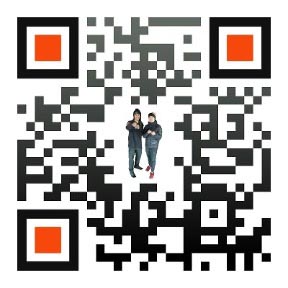
Step #2: Enter the splash screen:
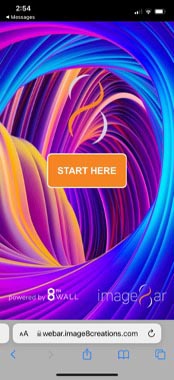
Step #3: Give camera permissions:
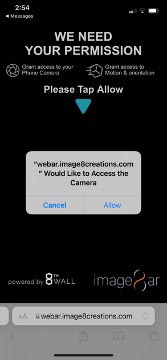
Step #4: Anchor the experience in the desired location.
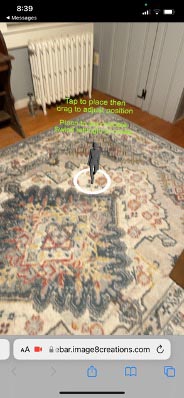
Step #5: Watch Shaadie and DJ Teo come alive in your home or office.

Don’t like the size of the holotwin? Change it—like this…

Don’t like the location of the holotwin? Change that, too—like this…
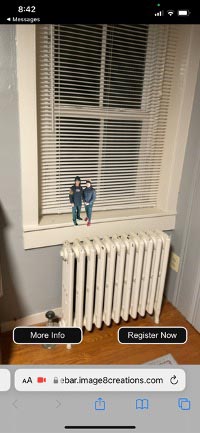
No matter where Shaadie and Teo are placed, they tell the same story: why people should attend or exhibit at the show (and the kickin’ after-party).
This simple campaign illustrates one way that AR can become one of the tools in the quiver of printers and agencies, even small ones. Because it brings experiences to life right in front of you, it adds an element beyond what 2D channels like video (yes, and even print) can do. With advances in technology, certain platforms can reduce the cost of these campaigns from hundreds of thousands to thousands, something even small print shops and their clients can afford.
Notably, holotwins are being used by Mac Life, not for branding, but to increase event awareness and generate revenue. With the “more info” and “register now” buttons, it’s easy to track users’ response to the experience.
What I also find particularly interesting about these experiences is that the platform used to create them is designed for non-technical users. Printers and agencies only need to be able to shoot video and follow prompts in order to generate these AR scenes. “Once we had approved video, it took us — start to finish, including adding Shaadie’s personal music—less than two hours to create the holotwin and deliverables (AR Codes, URL links, and hyperlink thumbnails) that go with it,” says Harris. “Although if we had been doing something more elaborate, such as adding sourced music, voice-overs, or effects, it would have taken longer.”
WorldView AR also allows clients to add augmented reality to their digital marketing, as well as print, since it does not use image recognition as a mechanism. Just click a link. This lets clients add AR even to their texts. A new feature in the platform creates a thumbnail of the user’s choosing (in this case, an image that looked like a printed poster promoting the expo). This gives the user a sneak peek in much the way as when you add a link to a Facebook or LinkedIn post or forward a news article to a friend.
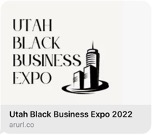
AR isn’t something only for the big brands anymore. It’s becoming a real, salable service designed to drive revenue for clients. Will it become a mainstream part of the marketing toolbox offered by printers the same way as email marketing, graphic design, social media, and other auxiliary services that complement print? It will depend on printers’ and agencies’ ability to understand when and how to move with AR. The technological barriers are coming down. Now it’s about the marketing creativity coming up.
In a future post, I’ll look at another growing AR application: portals.















Discussion
Only verified members can comment.